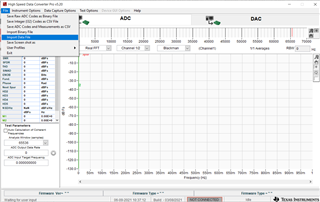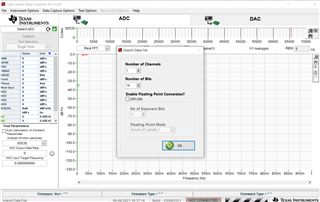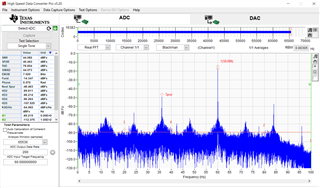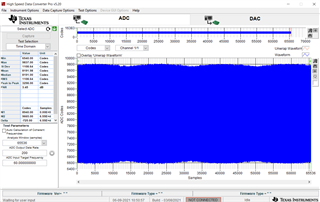Hi
I am using ADS54J66 ADC in my application.
1. I am operating ADC in Mode 2 (Decimation = 2).
Clock to the ADC = 400 MHz.
Now what is my Sampling Rate for each channel ??
Is it 200 MHz or 400 MHz ? (Single we are decimating data by 2).
What does fs corresponds to in the Datasheet ? -- Sampling Frequency ?
2. What is the noise floor for this ADC ?
In the Datasheet , I found this

Which Parameter in the Datasheet Corresponds to Noise Floor ?







